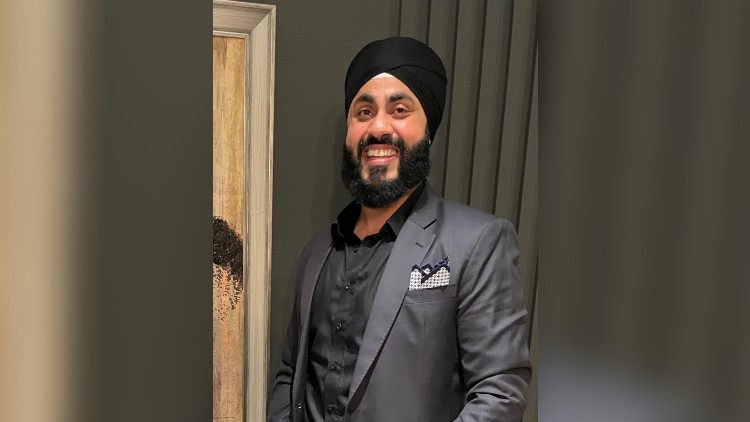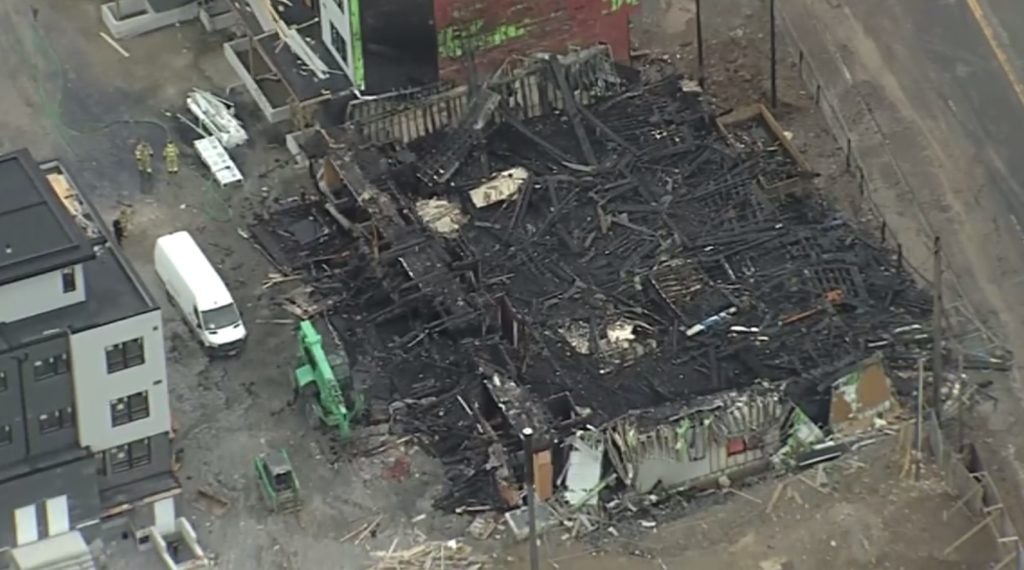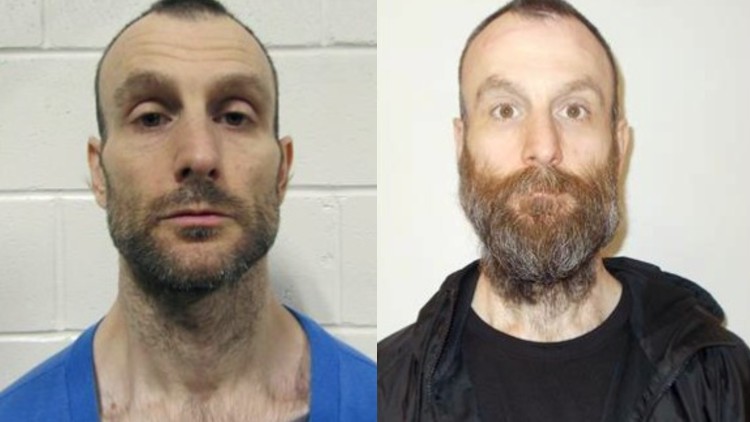AP Decision Notes: What to expect in the South Dakota presidential and state primaries

Posted May 31, 2024 10:05 am.
Last Updated May 31, 2024 10:12 am.
WASHINGTON (AP) — South Dakota Republicans’ tug-of-war over their party identity continues in Tuesday’s election, with district-level primaries the main event.
South Dakota may be best known for Republican Gov. Kristi Noem’s no-apologies approach to politics, earning her the favor of former President Donald Trump, but her brand hasn’t extended to the entire state party. Sen. John Thune, whose name is regularly tossed around as the next Republican Senate leader, won election to a fourth term in 2022 without an endorsement from Trump. When Sen. Mike Rounds said that Trump lost the 2020 election, the former president called him a “jerk.” Meanwhile, Rep. Dusty Johnson, the state’s lone representative in the U.S. House, is chair of the Main Street Caucus, whose members describe themselves as “pragmatic conservatives.”
On Tuesday, voters won’t get a chance to take a stand on Trump, who was convicted in New York of trying to illegally influence the 2016 election by falsifying business records to hide a hush money payment to a porn actor. When nobody challenged him for the Republican nomination, the state removed the presidential race from the ballot, as is its standard procedure for uncontested races. But voters will have a chance to decide what a Republican majority in the state legislature looks like.
While there are just two Democratic primaries on the ballot — one for the presidential race, the other for a state Senate seat — the remaining 44 contested races are all Republican primaries. In the 34th District, Jason Green is running as a “voice of reason” against Taffy Howard, who waged a primary challenge from the right against Johnson in 2022. Republican State Rep. Trish Ladner is also running an ad as a “common sense voice,” as she faces a crowded primary that includes a conservative talk radio host who quoted former Soviet leader Joseph Stalin on his campaign website.
Even without Trump on the ballot, his influence looms. In a few counties, voters will decide whether to count votes by hand instead of using ballot-tabulating machines in the future. A supporter of the group that backed that initiative is waging a challenge against the majority leader of the state Senate.
Here’s what to expect:
PRIMARY DAY
South Dakota will hold its primary election Tuesday. Polls close at 7 p.m. local time, across two time zones. Results cannot be reported until the last polls close in the Mountain time zone at 9 p.m. ET.
WHAT’S ON THE BALLOT
South Dakota is divided into 35 legislative districts, each of which elects one state Senator and two state House members. However, only contested races appear on the primary ballot in South Dakota, meaning just 45 state legislative races appear on Tuesday’s ballot. Johnson is running unopposed for the state’s lone House seat.
Most districts with contested primaries will send two candidates from Tuesday’s primary ballot to compete in the general election in November.
On the presidential ballot, Democrats will choose from three candidates in addition to President Joe Biden: Dean Phillips, Marianne Williamson and Armando Perez-Serrato. There is no “uncommitted” or write-in option.
WHO GETS TO VOTE
The state Republican Party allows only Republican voters to participate in its primaries. The Democratic Party, however, is opening its primary to unaffiliated and independent voters in addition to registered Democrats.
In the general election, voters will decide through a ballot initiative whether to revamp the primary process, replacing the current system with an all-party primary ballot in which the top two vote-getters, regardless of party, qualify for the general election.
DELEGATE ALLOCATION RULES
South Dakota’s 16 pledged Democratic delegates are allocated according to the national party’s standard rules. Four at-large delegates are allocated in proportion to the statewide vote, as are two PLEO delegates, or “party leaders and elected officials.” South Dakota has only one congressional district, meaning the 10 district-level delegates are also allocated in proportion to the statewide vote total. Candidates must receive at least 15% of the statewide vote to qualify for any statewide delegates, and 15% of the vote in a congressional district to qualify for delegates in that district.
There are 29 delegates at stake in the Republican presidential primary, though they are not bound to a particular candidate because the race takes place within 45 days of the Republican National Convention. State Party Chairman John Wiik told the AP that although the 29 delegates are technically unbound, there is “no doubt who the next President will be,” referring to Trump.
DECISION NOTES
The largest share of South Dakota’s votes come from Minnehaha County, which includes Sioux Falls. However, most of the elections Tuesday are for state House and state Senate in seats spread throughout the state.
In Pennington County, home to Rapid City, outgoing Senate Assistant Majority Leader Mike Diedrich endorsed Jason Green as his successor in the 34th District. In the 8th District, Majority Leader Casey Crabtree faces a challenge from Rick Weible. The 8th District spans over four counties near the eastern border of the state.
The 8th District is also hosting a primary for state House, where state Rep. John Mills is term-limited. Incumbent Tim Reisch faces former Lake County Sheriff Tim Walburg and Matt Wagner, who is from Volga in Brookings County.
The only Democratic primary for the legislature is a race for the state Senate in the 27th legislative district, which includes the Pine Ridge Reservation and the Oglala Sioux Tribe. Democratic incumbent Red Dawn Foster, a member of the Navajo and Oglala Lakota nations, is facing a challenge from Gerald Cournoyer, also a member of the Oglala Sioux Tribe.
The AP does not make projections and will declare a winner only when it’s determined there is no scenario that would allow the trailing candidates to close the gap. If a race has not been called, the AP will continue to cover any newsworthy developments, such as candidate concessions or declarations of victory. In doing so, the AP will make clear that it has not yet declared a winner and explain why.
Elections go to an automatic recount if the vote is tied, except for in school or township elections. For legislative and local races, candidates may request a recount if the margin is 2% of the total vote cast or less.
WHAT DO TURNOUT AND ADVANCE VOTE LOOK LIKE
As of May 1, there were 666,596 registered voters in South Dakota. Of those, 22% were Democrats and 46% were Republicans.
In the 2022 Republican primary for Senate, turnout was 18% of 645,384 registered voters. In 2020, turnout was 9% of 609,043 voters for the Democratic presidential primary. That year, about 20% of all primary ballots were cast before Election Day.
HOW LONG DOES VOTE-COUNTING USUALLY TAKE?
In the 2022 Republican primary for Senate, the AP first reported results at 9:02 p.m. ET, or two minutes after polls closed. The election night tabulation ended at 3:26 a.m. ET with about 92% of total votes counted.
ARE WE THERE YET?
As of Tuesday, there will be 41 days until the Republican National Convention in Milwaukee, 76 days until the Democratic National Convention in Chicago and 154 days until the November general election.
___
Follow the AP’s coverage of the 2024 election at https://apnews.com/hub/election-2024.
Leah Askarinam, The Associated Press








